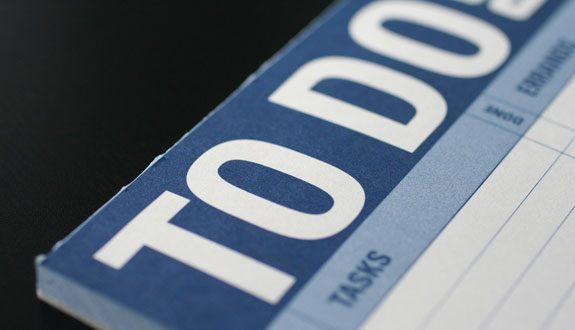
They call it The Curve With Verve. Okay, they don’t call it that, but it isn’t your run-of-the-mill test curve. They don’t even call it a curve, in fact. It’s called test equating, and, yes, that narcolepsy inducing phrase has a lot to do with how the rest of your life is going to turn out. That’s assuming you want to be a lawyer. If not, you’re fine.
Now, with test equating, what you’ve got here is your basic three-step:
1. Create experimental questions.
All scored LSAT questions started life as experimental section questions. There are five sections on the LSAT (six if you count the writing sample, but nobody does). Four of those sections are scored, and, depending upon how you did on those four sections, you will end up with a score of between 120 and 180.
The fifth section is not scored, and the questions on it are not released to the general public along with the exam when it is released. Instead, those questions will be analyzed and modified as outlined below and served as real questions in future exams.
2. Determine question difficulty.
This part is great, because The Law School Admission Council (LSAC), the wild-eyed psychometricians who make the LSAT, are judging you based on how you did in the other four scored sections.
For any particular question on the experimental section, they know how many test takers at each score level answered the question correctly. Armed with this information, they are able to figure out the rate at which test takers of various ability levels answer a question correctly. If high scorers and low scorers are, by and large, getting a question right, then it can be rated as an easier question. Alternatively, if high scorers are hit-and-miss on a particular question and low scorers almost universally get it wrong, it’s probably a pretty difficult question.
They also use this process to assess whether and how a particular question needs to be modified or whether a question should be discarded altogether. Analyzing the answers that particular test takers choose helps them understand how people are thinking about the question.
Those questions that survive go into a question bank, where they wait excitedly for their turn in the spotlight.
2.5 Craft an LSAT.
Having rated the questions’ difficulty, the test makers can now ensure that the difficulty of particular LSATs are fairly uniform. So, when they release a test for February, it should be in the vicinity of the December test that came before and the June test that comes after.
So, you take that LSAT, and the makers of the LSAT have a reasonable expectation of how test takers overall will do, and thus they have some idea how the curve will play out.
3. Compare to recent historical data.
No two tests will be of exactly the same difficulty, so it’s important to adjust for the differences. Therefore, the makers of the LSAT compare the scores of those who took the current test to those of the last three years of test takers. If it looks like people are doing better on this one than historically, maybe they tighten the curve a little. If it looks like they’re having a tough time, maybe they loosen the curve a little.
Et voila! Your curvaceous LSAT score.
This is why, despite what your crazy cousin Boris says at Thanksgiving every year, there is no easy LSAT. It’s all smoothed out, and it’s done so in a way that’s beyond your control. Stuff it, Boris!




